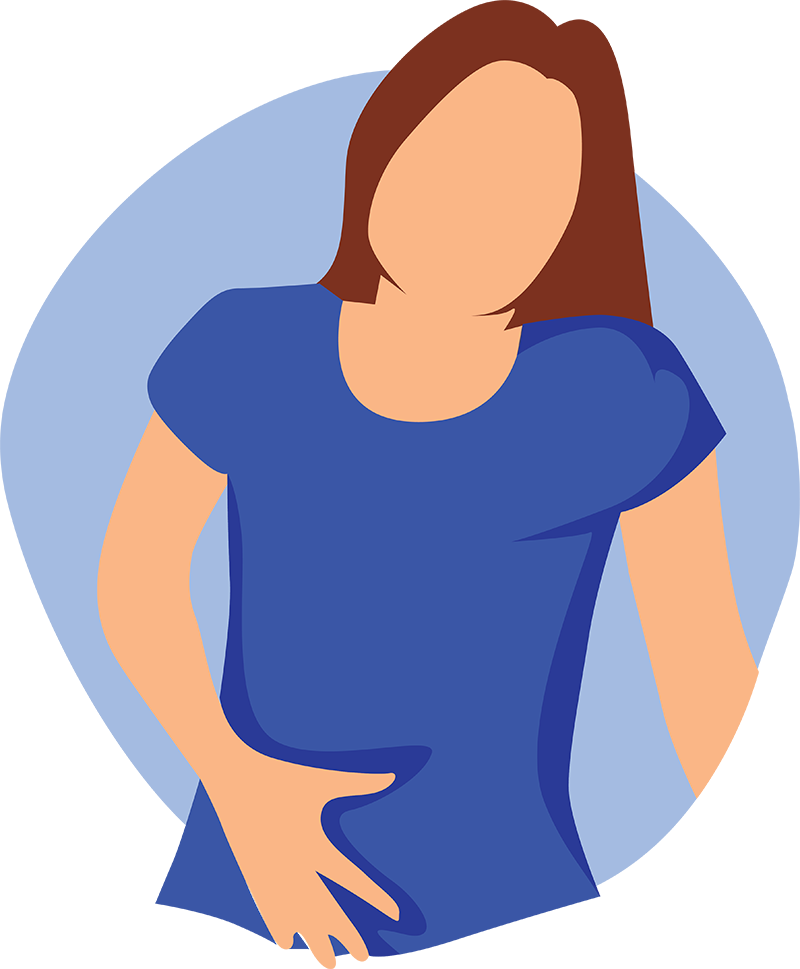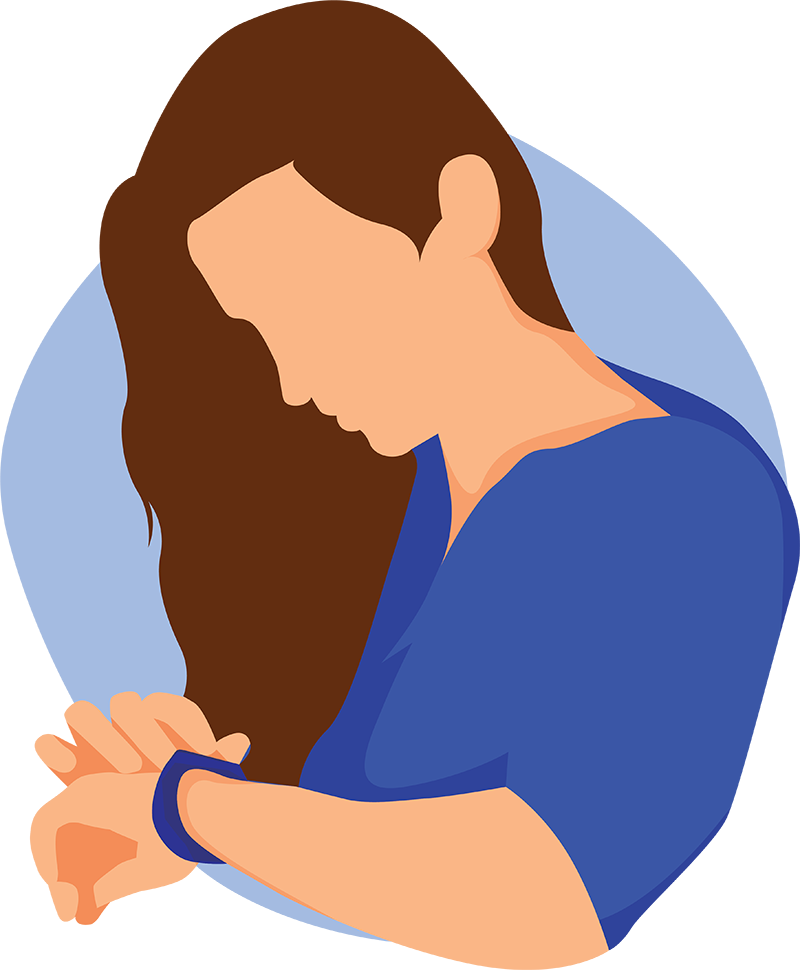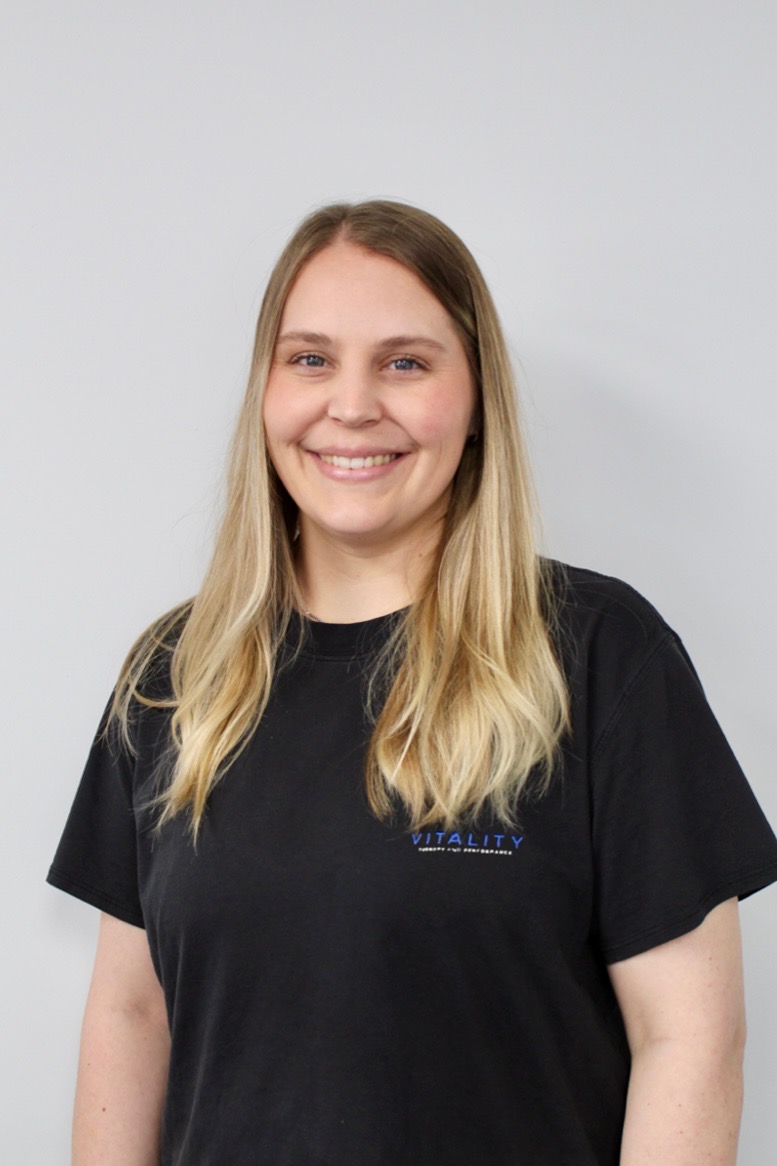Pelvic Prolapse
Pelvic organ prolapse results from weakening and lengthening of the muscles of the pelvic floor. When these muscles become weak, the bladder, rectum, or uterus can drop down or “prolapse”. You may experience symptoms of pressure, bulging, or the sensation of something “falling out”. Prolapse can be distressing, but physical therapy is proven to help!

Can We Help?
What Causes Pelvic Organ Prolapse
Prolapse is a common and treatable problem that can be caused by any strain to the pelvic floor. Childbirth and delivery can cause prolapse. Hormonal changes related to menopause can weaken muscles of the pelvic floor and contribute to prolapse. Other causes of prolapse can be constipation, poor regulation of intra abdominal pressure, and muscle disease.

How does PT help Prolapse?
At Vitality Pelvic Health you’ll work 1:1 with your physical therapist to develop a plan of care typically centered around strength and coordination of the pelvic floor, regulating intra-abdominal pressure, and strengthening of surrounding musculature.
How long will it take?
A typical plan of care for prolapse is longer, around 10-16 weeks depending on severity. However, prolapse can be improved by 1 full grade with just physical therapy alone.

Pelvic prolapse is common, but not normal!

of women will experience pelvic organ prolapse

of pelvic organ prolapse surgeries fail within the first 5 years

of women with prolapse in America opt for a pelvic organ prolapse surgery
COMMON & TREATABLE
Frequently Asked Questions
What are symptoms of prolapse?
Prolapse is often described as creating a sensation of “bulging” or “pressure” in the vaginal canal. Other common symptoms include difficulty emptying the bladder or rectum, urinary leakage, and discomfort with intercourse. Symptoms typically get worse towards the end of the day.
Who experiences prolapse?
Most commonly, women who have had a vaginal birth experience prolapse. Women experiencing menopause or women who participate in high intensity exercise or strenuous occupations are also at a higher risk.
How long does it take to improve prolapse?
Average plan of care for prolapse patients is around 12 weeks. Symptoms of prolapse can improve sooner around 4 weeks, and improvement in grade of prolapse usually requires 8-16 weeks of consistent therapy.
What will happen if I just ignore this problem?
Left untreated, prolapse can get better, remain the same, or worsen. Prolapse should be treated based on your symptoms.
Get To Know Our Pelvic Health Team...

Tristen Swengle

Nikki Randolph

Kally Owen
Testimonials
What Clients Are Saying

I have been coming to Vitality Pelvic Health for several weeks. I was looking for options to help strengthen my pelvic floor following an injury during childbirth and just aging in general. I am 44 years old, and my youngest child is 13, but Tristan explained that we are always in that postpartum phase. Tristan is extremely knowledgeable and so incredibly thorough! I’ve never met anyone who knows so much about pelvic dysfunction and ways to combat it. She’s created a strengthening program for me that I can continue to use long after my sessions are completed. I highly recommend her to any woman seeking help in this area. You will not regret it!

Dr. Nikki is truly amazing. I came to her a year and half after having my baby because I felt like something was off and that I was still not fully recovered. She gave me a whole toolbox of movements and practices to get myself back together and feel confident that my body could safely pick up my growing daughter. She figured out exactly what I needed to do, and gave me a realistic plan all while being so kind and patient. I could not recommend her more to any new moms or moms to be (or really anyone struggling with functional movement).


